Sensory tests
The triangle test
Principle
Why a triangular test?
This discriminative test is recommended when trying to highlight differences or similarities between two products. The triangle difference test is concerned with the determination of a perceptible difference between two products, while the triangle similarity test is concerned with the determination of an absence of perceptible difference between two products. These two tests are usually performed at the same time.
The triangular test can be used to answer questions such as:
“This change of supplier for this ingredient, does it modify the product? »,
“Is there a difference between own brand and private label? »,
“Is this product always the same, in an aging study? » ...
To set up this type of test, it is necessary to have to compare two products that are sensorially very similar. It is also necessary to have a panel made up of at least a dozen subjects, but generally between 15 to 20 panelists (in differentiation tests) up to 60 panelists (in similarity tests); these subjects are not necessarily trained in the recognition of flavors or sensory notes, but must be qualified to carry out sensory tests, that is to say without sensory physiology problems, without identified ageusias or anosmias.
Principle of a triangular test?
Each subject receives 3 samples, 2 of which are from the same product, the third sample is different. These products are presented in a similar way, called 'blind', in other words, these products are presented in the same condition: same temperature, same service, same packaging, same volume... and identified using three-digit codes for avoid any indication bias.
To also limit order effects, each subject will receive one of the 6 possible combinations with two products, namely: AAB, ABA, BAA, BAB, BBA, ABB.
Each panelist is informed that two of the samples are similar and one is different. The subjects test the samples in the order in which the proposed protocols are presented, and must determine which is the different sample. It is possible that the choice is based on a simple assumption, the choice is then said to be "forced". If the choice is only a guess, the subject can mention it in his comments.
The triangular test is described in for its realization by the standard ISO 4120 (Classification V 09-013).
The application will count the answers of each panelist depending on whether the answer is correct or false, then these counts are then analyzed with a Binomial distribution of parameters (n: number of subjects, 1/3).
This then makes it possible to determine the risks taken when it is stated that “The products are different” (alpha risk), and the risks taken when one considers “The products are similar” in the event of an insignificant difference test. The generally tolerated risks are 5% for alpha risks, and around 10% for beta risks. These results therefore make it possible to rule on three cases: The two products A and B are different, the two products A and B are similar, the test could not show any results, and it is then necessary to increase the number of panelists.
Advantages and limits of a triangular test?
These tests are simple to implement and apply to all types of products, except for a few highly saturating products. The interpretation of the results can however be more delicate, because it remains nevertheless necessary to clearly identify what is the question asked, if it is a difference to highlight or if it is to reassure oneself of a similarity between two products. This case can be, for example, when introducing a new raw material or a new process to ensure that the resulting finished product is indeed identical to the previous one. The latter cases are much more numerous, and require taking into account the beta risks in the event of an insignificant difference.
It may be possible in the event of a significant difference being highlighted, to continue the investigations by requesting a QDA type profile test or better, a Pivot profile©, to be able to characterize the sensory differences between these two products.





